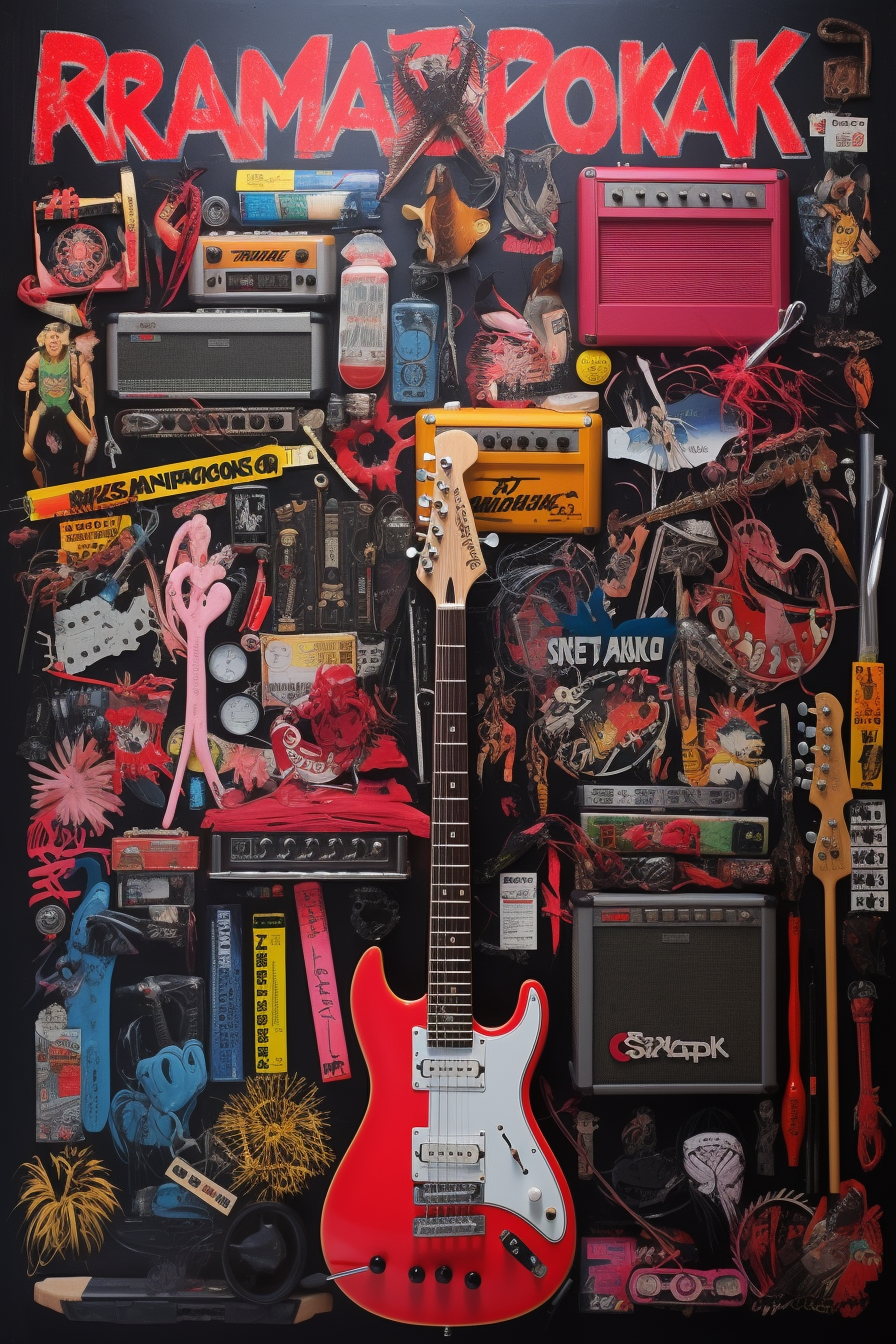
Crafting Tones in Deathconsciousness
Share
In the realm of music, sound design plays a crucial role in shaping the overall aesthetic and emotional impact of a composition. One such example of an album that masterfully employs sound design to evoke a haunting atmosphere is "Deathconsciousness." Created by the band Have a Nice Life, "Deathconsciousness" is a sprawling double album that combines elements of post-punk, shoegaze, and experimental rock. In this blog post, we delve into the captivating world of sound design and explore how the tones in "Deathconsciousness" contribute to its distinctive and evocative sonic landscape.
1. Setting the Mood:
Sound design in "Deathconsciousness" excels at establishing and maintaining a mood of desolation, introspection, and melancholy. Through the use of layered textures, atmospheric effects, and haunting melodies, the album creates an immersive sonic experience that transports the listener to a world of introspective darkness. The tones employed are often dissonant, ethereal, and distant, enhancing the album's themes of mortality and existential contemplation.
2. Evocative Instrumentation:
The instrumentation in "Deathconsciousness" further amplifies its sound design prowess. Guitars serve as a prominent sonic element, combining distorted, wall-of-sound riffs with delicate arpeggios and haunting melodies. The interplay of these guitar tones adds depth and dimension to the music, creating an otherworldly soundscape that resonates with the listener's emotions.
3. Textures and Layers:
Deathconsciousness is renowned for its meticulous attention to detail in layering sounds and textures. By carefully intertwining various sonic elements such as reverb-drenched vocals, shimmering synths, and pulsating basslines, the album creates a dense sonic tapestry. These layers interact dynamically, providing an immersive listening experience that draws the listener deeper into the abyss of emotion and introspection.
4. Experimental Soundscapes:
"Deathconsciousness" fearlessly explores unconventional sonic territories, incorporating elements of noise, feedback, and distortion into its sound design. These experimental soundscapes add an unsettling and chaotic dimension to the album, heightening the emotional impact and evoking a sense of unease. By challenging traditional song structures and pushing the boundaries of sonic experimentation, "Deathconsciousness" pushes the listener to confront their own mortality and existential dread.
5. Dynamic Range and Transitions:
One of the key strengths of "Deathconsciousness" lies in its ability to navigate a wide dynamic range. The album effortlessly transitions from hushed moments of vulnerability to explosive crescendos, creating a sense of tension and release. This dynamic interplay enhances the emotional impact of the music, intensifying the listener's engagement and leaving them captivated by the journey unfolding before them.
Sound design in "Deathconsciousness" is a testament to the power of sonic exploration and its ability to convey profound emotions. Through evocative instrumentation, meticulous layering, experimental soundscapes, and dynamic range, the album creates a sonic experience that transports the listener into a realm of introspection and contemplation. The tones in "Deathconsciousness" paint a vivid and haunting landscape, guiding the listener through a cathartic journey of self-discovery and existential reflection. In the realm of sound design, "Deathconsciousness" stands as a testament to the transformative power of music to evoke emotions and touch the depths of the human experience.
1. Setting the Mood:
Sound design in "Deathconsciousness" excels at establishing and maintaining a mood of desolation, introspection, and melancholy. Through the use of layered textures, atmospheric effects, and haunting melodies, the album creates an immersive sonic experience that transports the listener to a world of introspective darkness. The tones employed are often dissonant, ethereal, and distant, enhancing the album's themes of mortality and existential contemplation.
2. Evocative Instrumentation:
The instrumentation in "Deathconsciousness" further amplifies its sound design prowess. Guitars serve as a prominent sonic element, combining distorted, wall-of-sound riffs with delicate arpeggios and haunting melodies. The interplay of these guitar tones adds depth and dimension to the music, creating an otherworldly soundscape that resonates with the listener's emotions.
3. Textures and Layers:
Deathconsciousness is renowned for its meticulous attention to detail in layering sounds and textures. By carefully intertwining various sonic elements such as reverb-drenched vocals, shimmering synths, and pulsating basslines, the album creates a dense sonic tapestry. These layers interact dynamically, providing an immersive listening experience that draws the listener deeper into the abyss of emotion and introspection.
4. Experimental Soundscapes:
"Deathconsciousness" fearlessly explores unconventional sonic territories, incorporating elements of noise, feedback, and distortion into its sound design. These experimental soundscapes add an unsettling and chaotic dimension to the album, heightening the emotional impact and evoking a sense of unease. By challenging traditional song structures and pushing the boundaries of sonic experimentation, "Deathconsciousness" pushes the listener to confront their own mortality and existential dread.
5. Dynamic Range and Transitions:
One of the key strengths of "Deathconsciousness" lies in its ability to navigate a wide dynamic range. The album effortlessly transitions from hushed moments of vulnerability to explosive crescendos, creating a sense of tension and release. This dynamic interplay enhances the emotional impact of the music, intensifying the listener's engagement and leaving them captivated by the journey unfolding before them.
Sound design in "Deathconsciousness" is a testament to the power of sonic exploration and its ability to convey profound emotions. Through evocative instrumentation, meticulous layering, experimental soundscapes, and dynamic range, the album creates a sonic experience that transports the listener into a realm of introspection and contemplation. The tones in "Deathconsciousness" paint a vivid and haunting landscape, guiding the listener through a cathartic journey of self-discovery and existential reflection. In the realm of sound design, "Deathconsciousness" stands as a testament to the transformative power of music to evoke emotions and touch the depths of the human experience.
